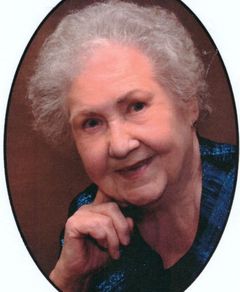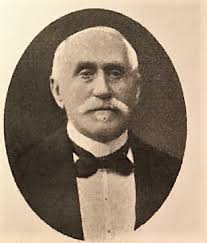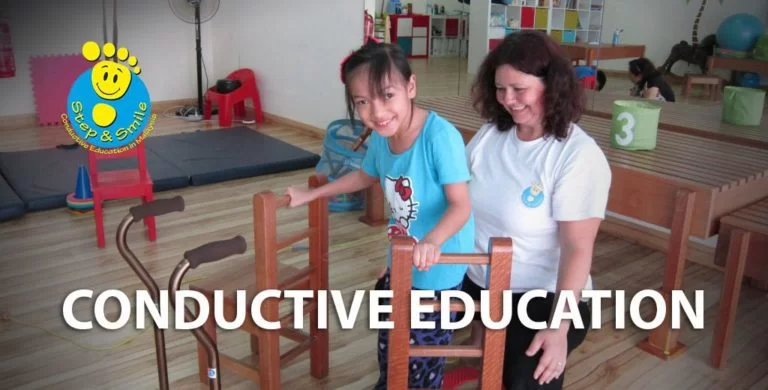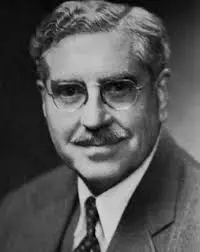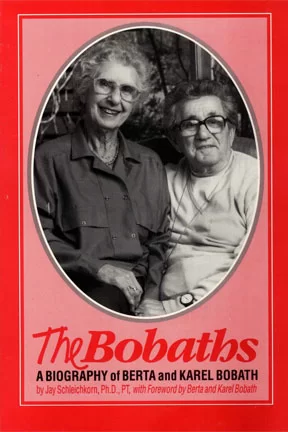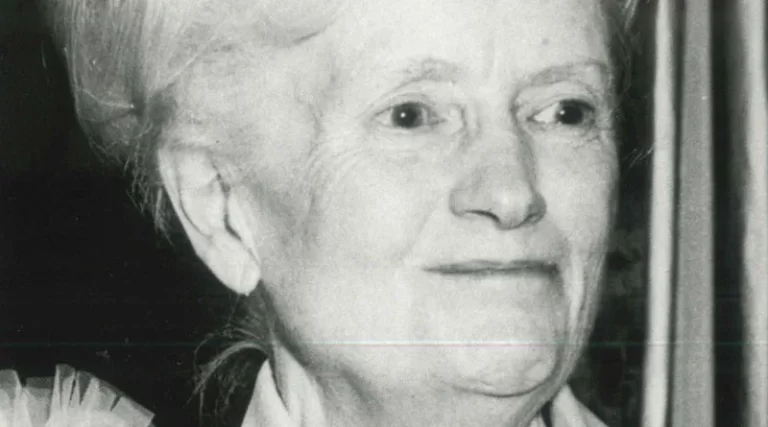COLLIS APPROACH – NEURO REHAB TECHNIQUE FOR C.P CHILDREN
COLLIS APPROACH BASIC ABOUT COLLIS APPROCH : A British pioneer, Eirene Collis postulated a number of practical and constructive tenets. 1. Early treatment was advocated, believing that this would aid a more beneficial outcome. 2. The physiotherapist should conduct a scheme of management of the child throughout the day, rather than sessional ‘ treatments ‘….

